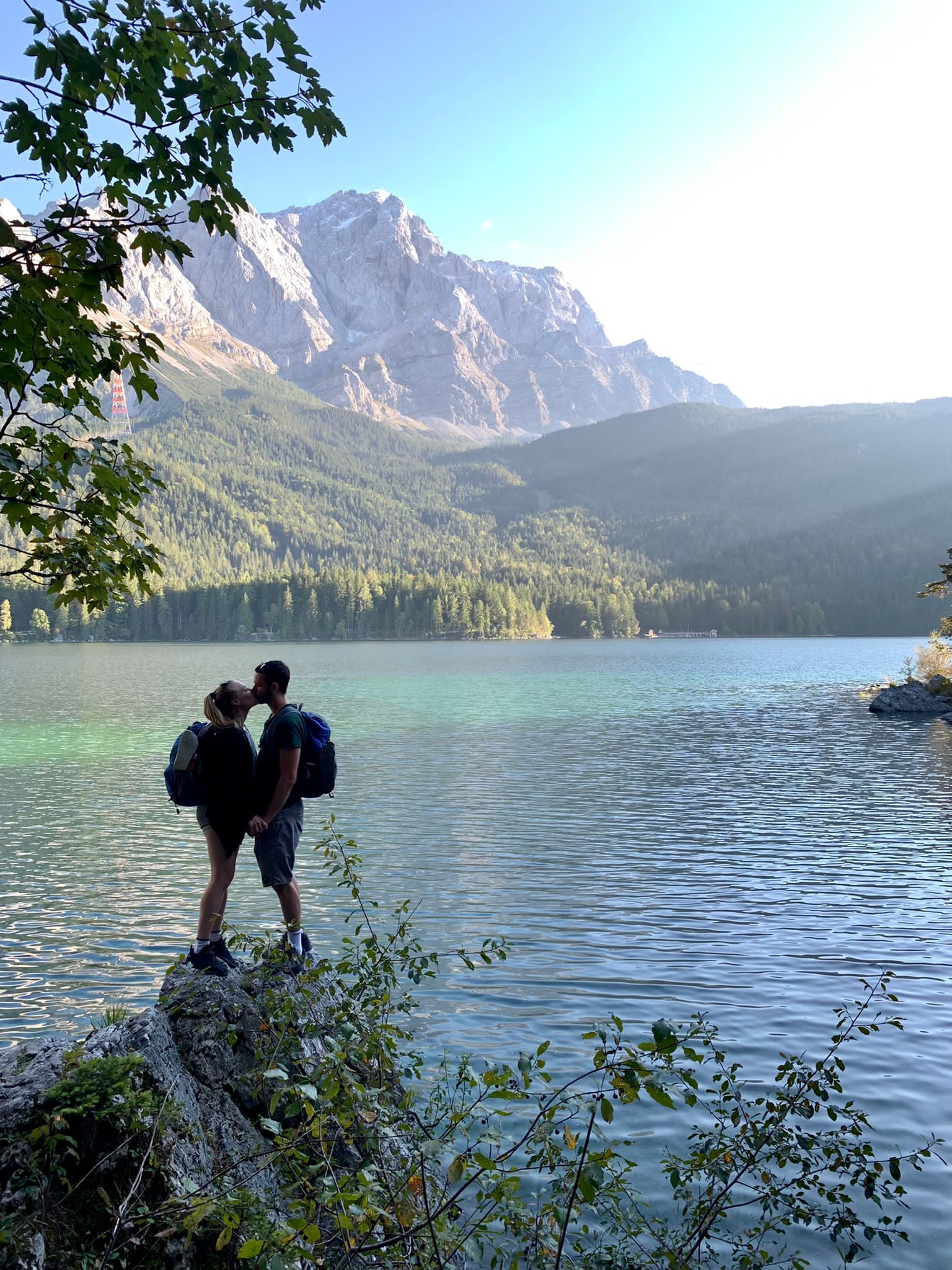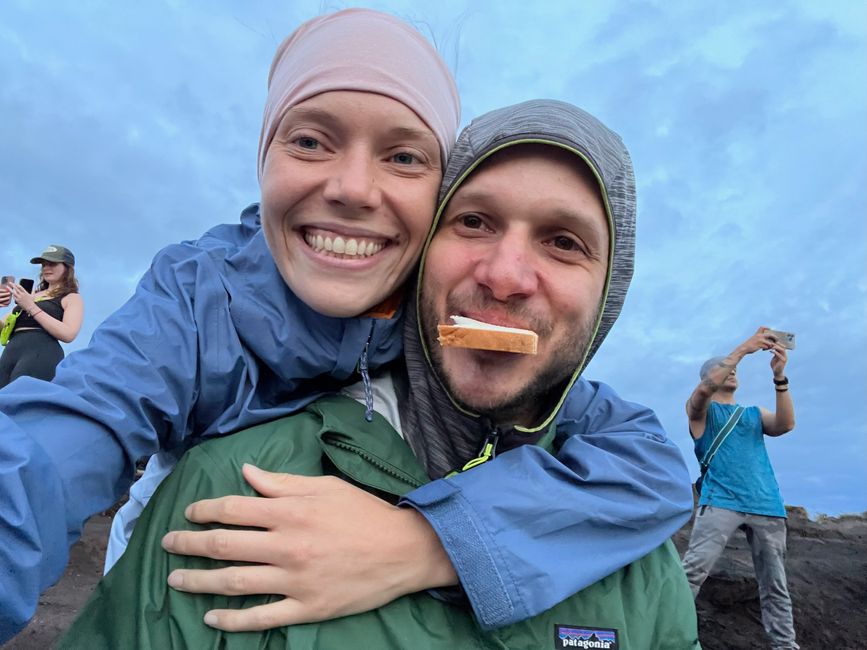
janas-und-philips-weltreise
vakantio.de/janas-und-philips-weltreise
New South Wales
Nəşr edilmişdir: 05.06.2023
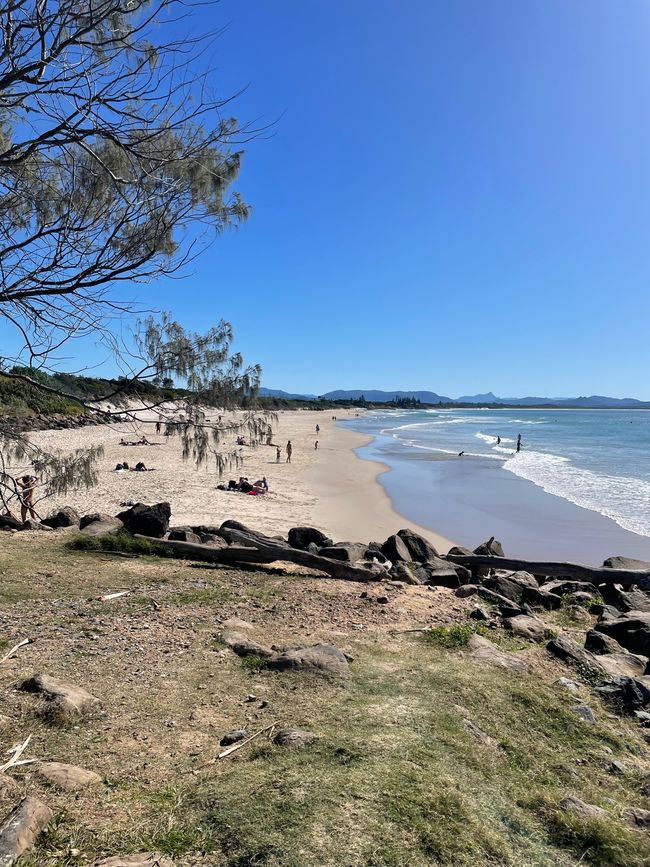
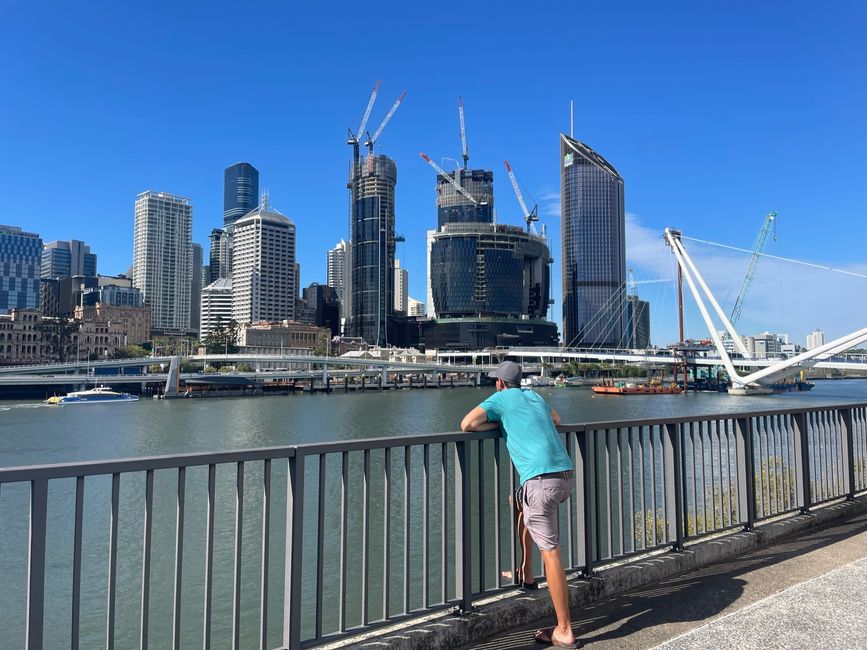
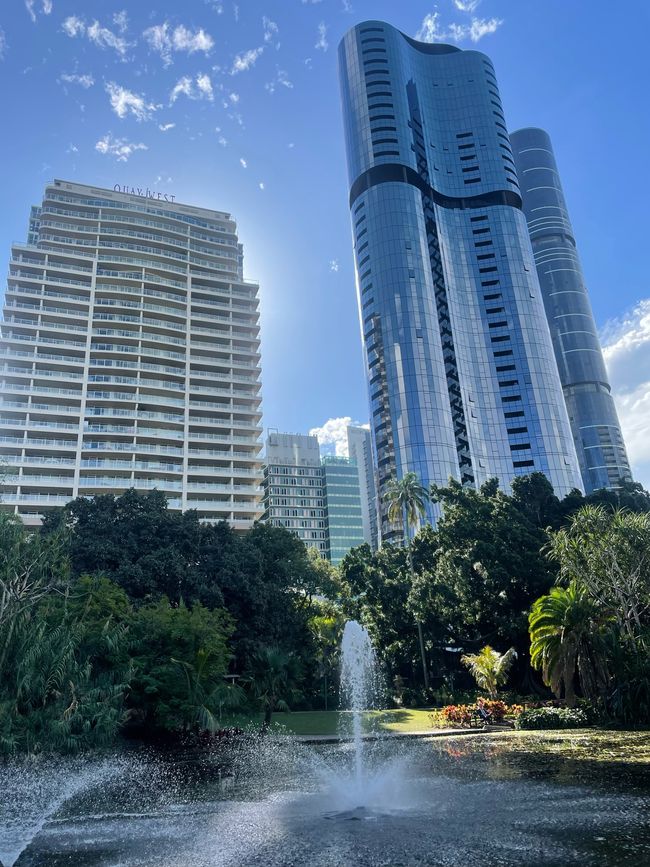
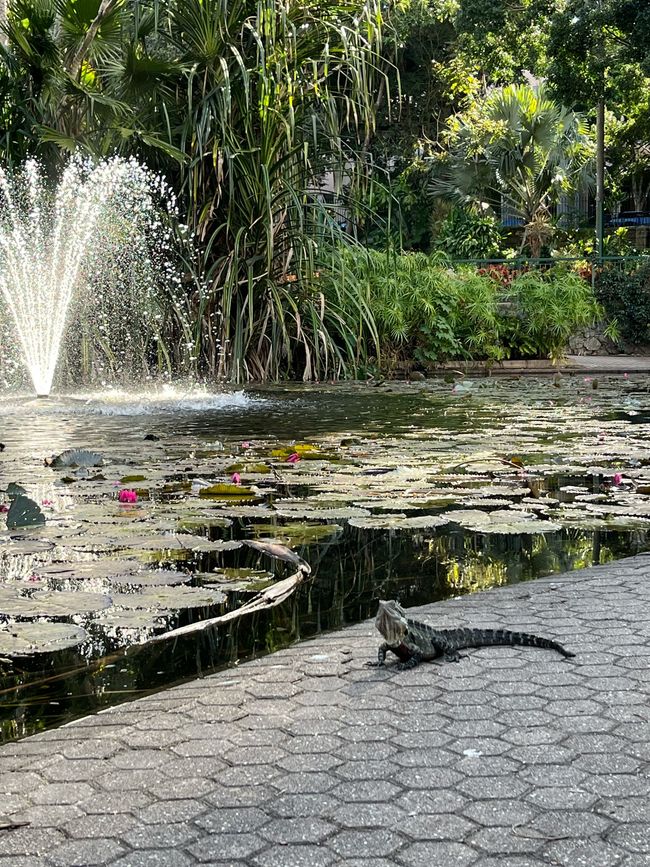
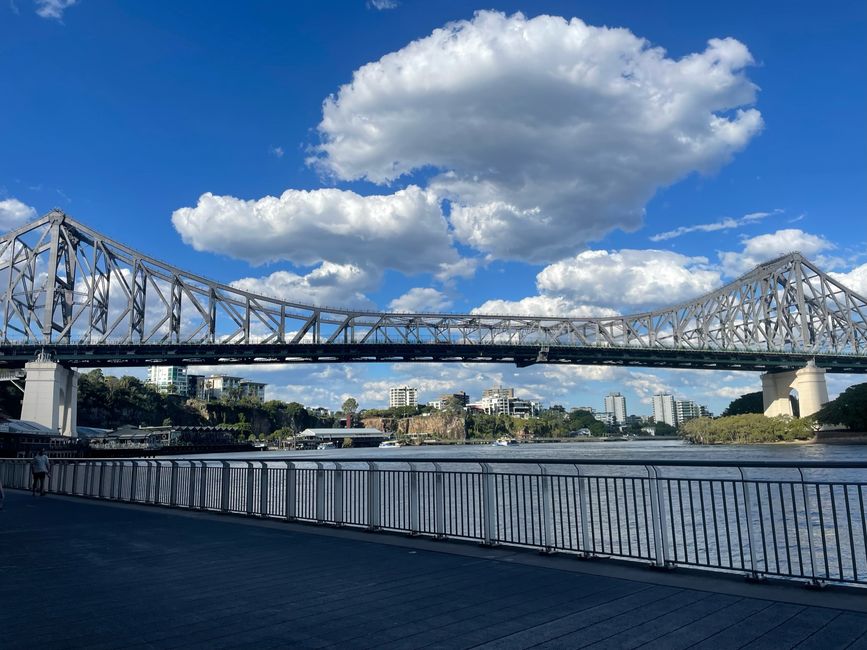
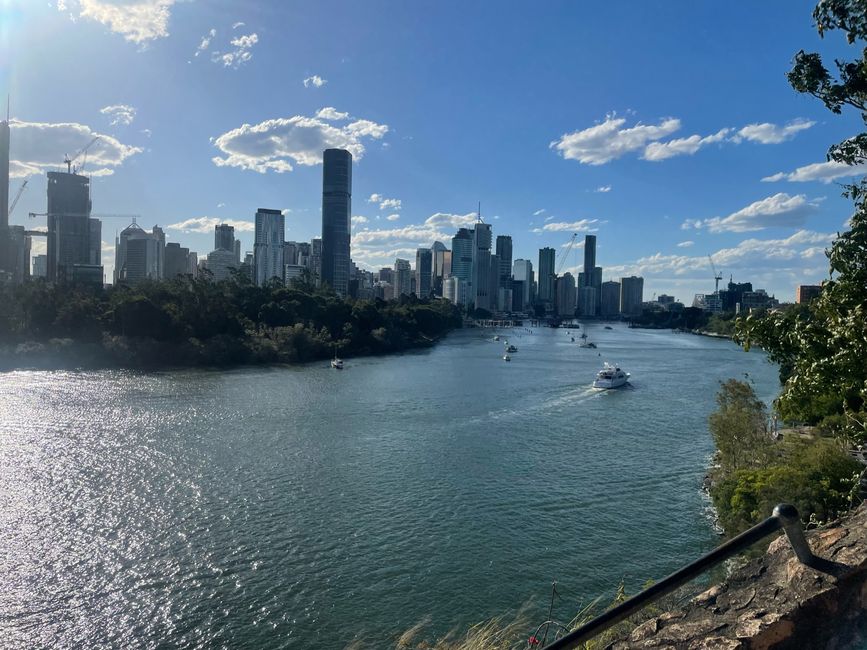
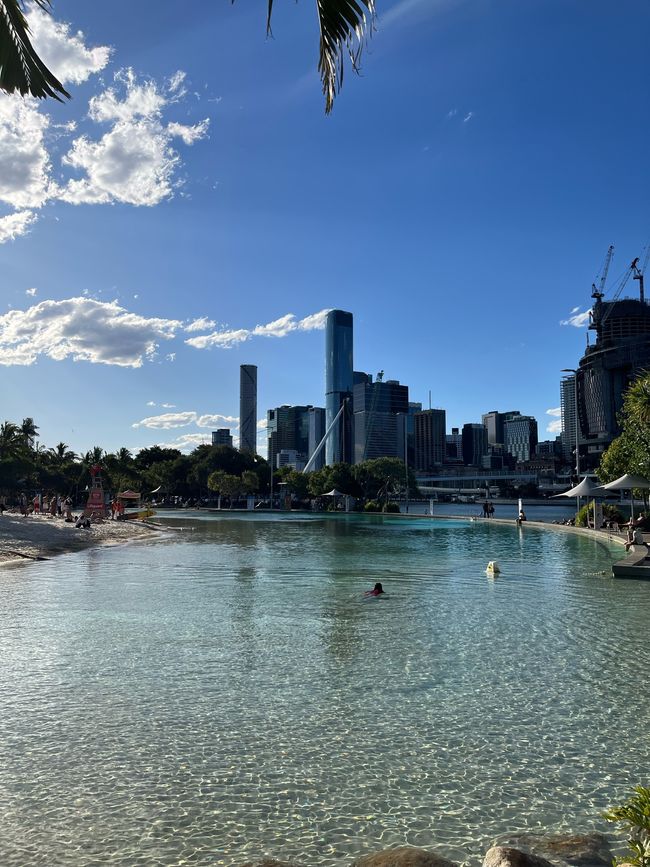
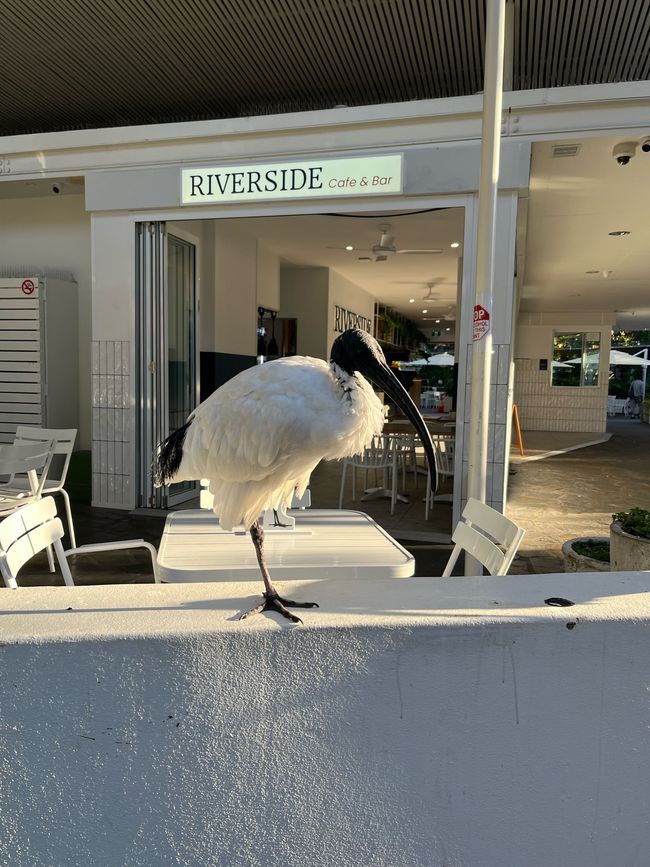
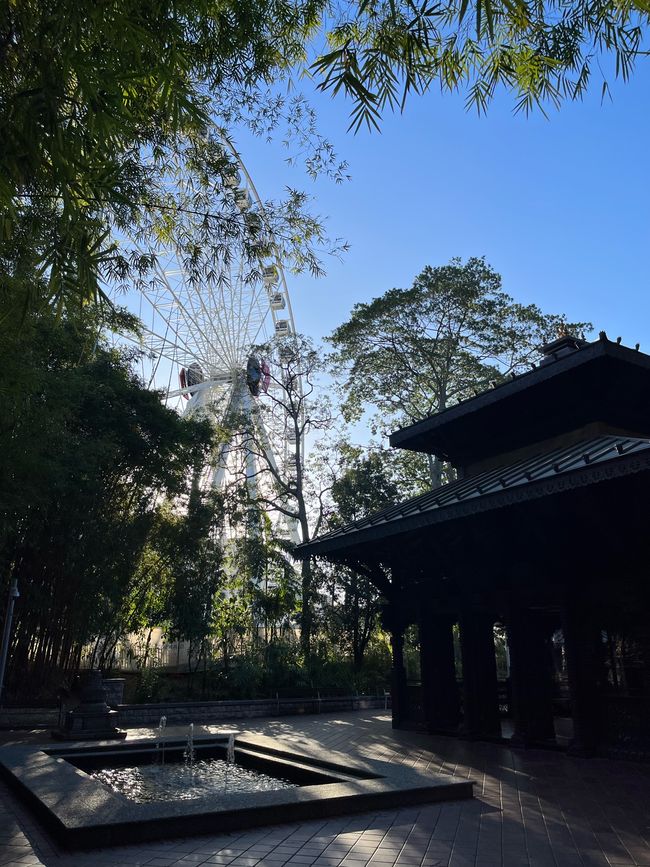
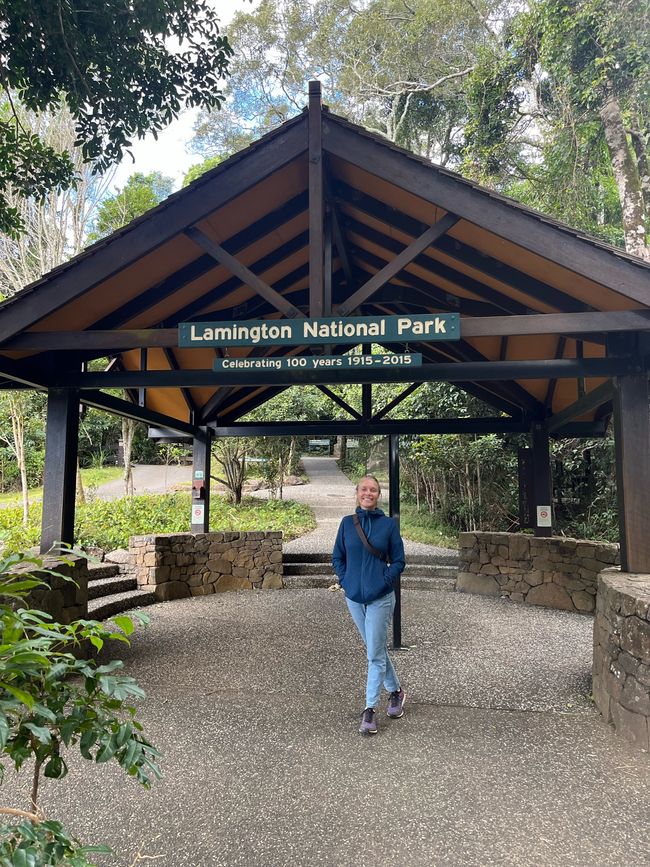
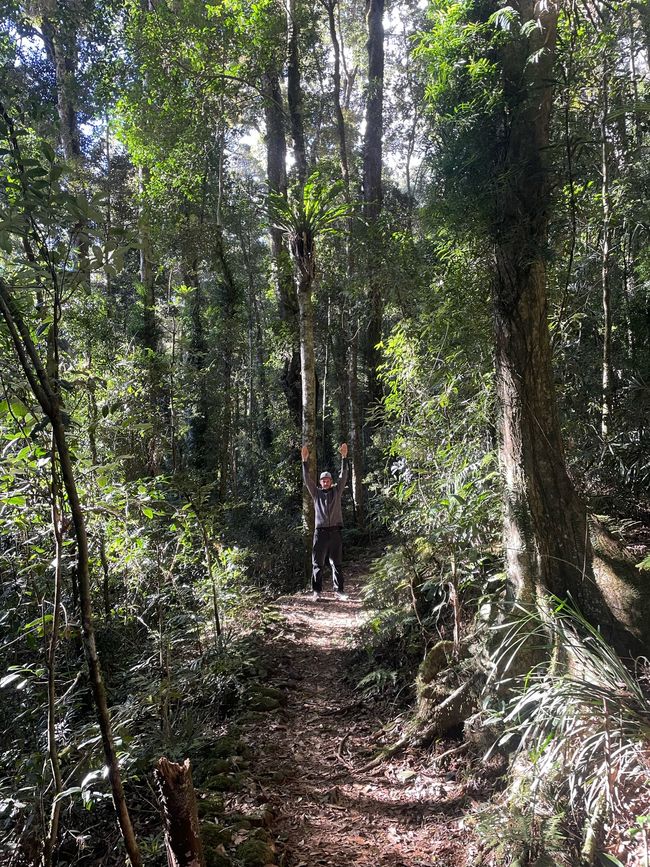
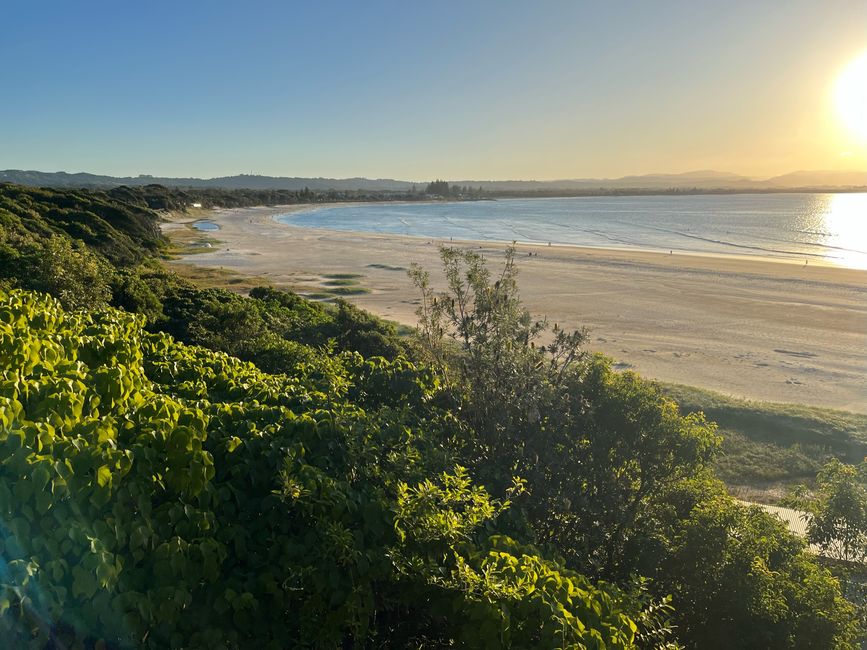
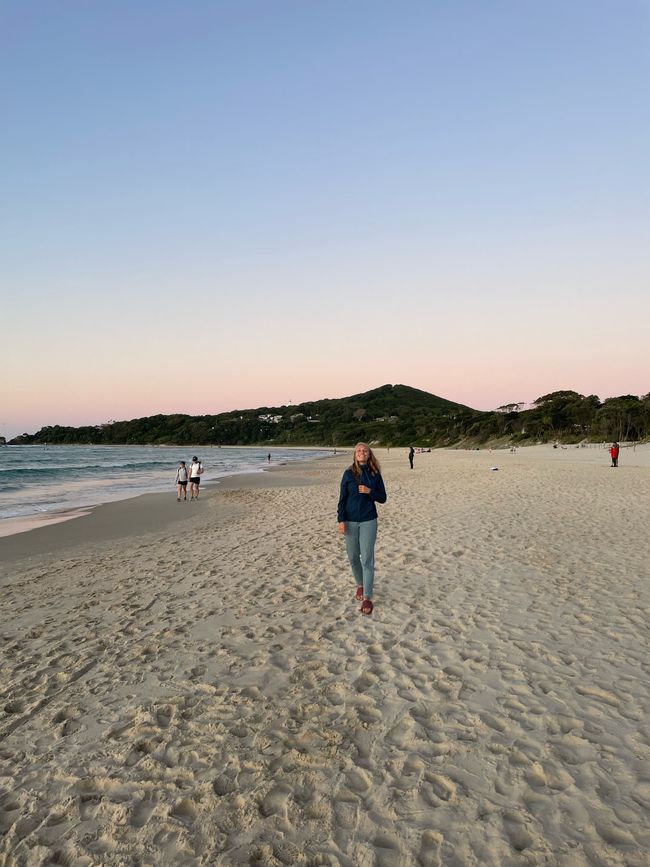
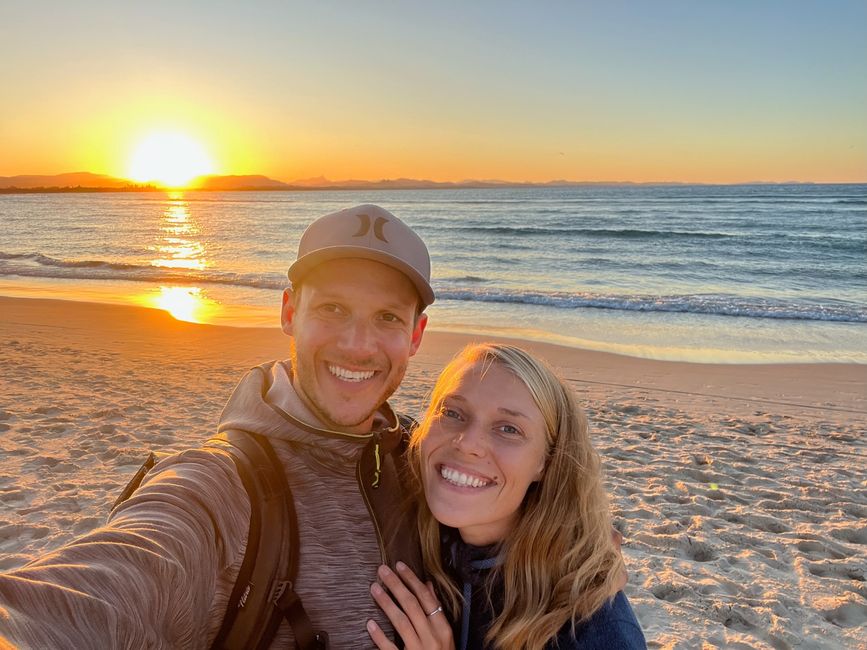
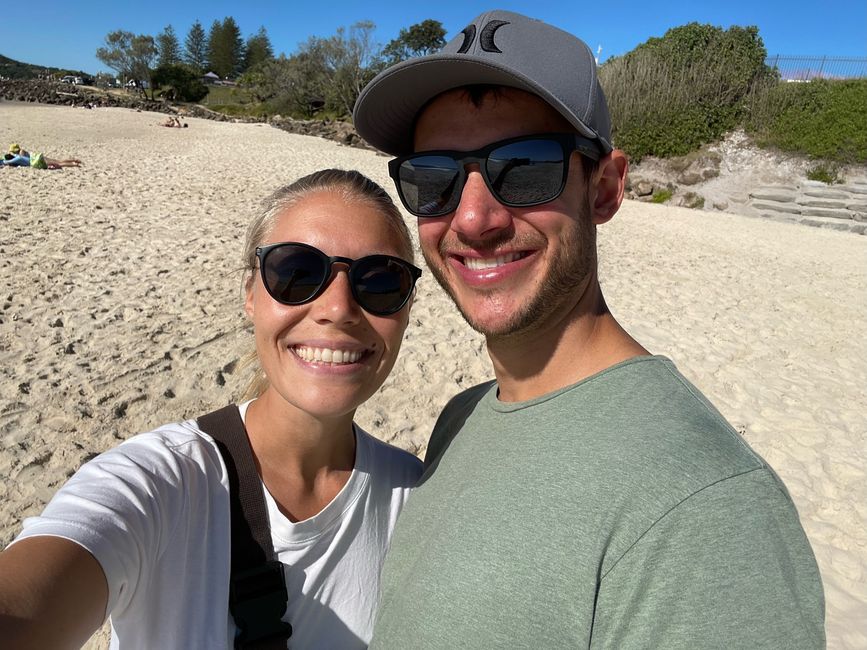
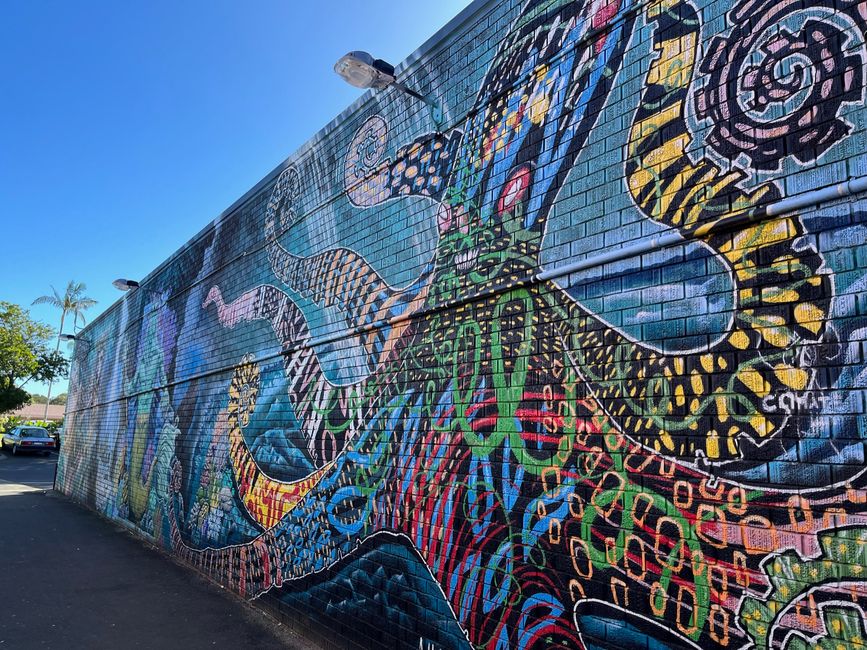
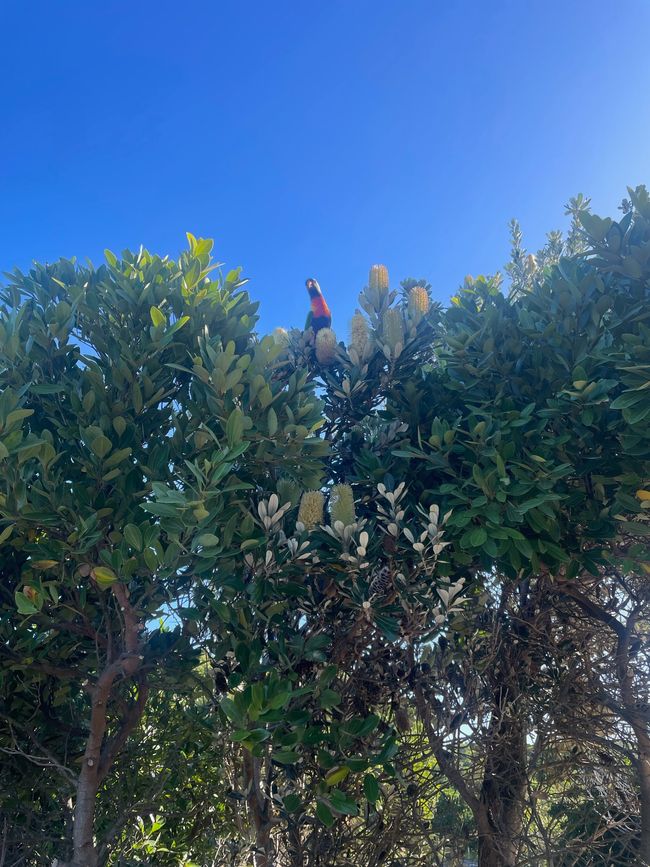
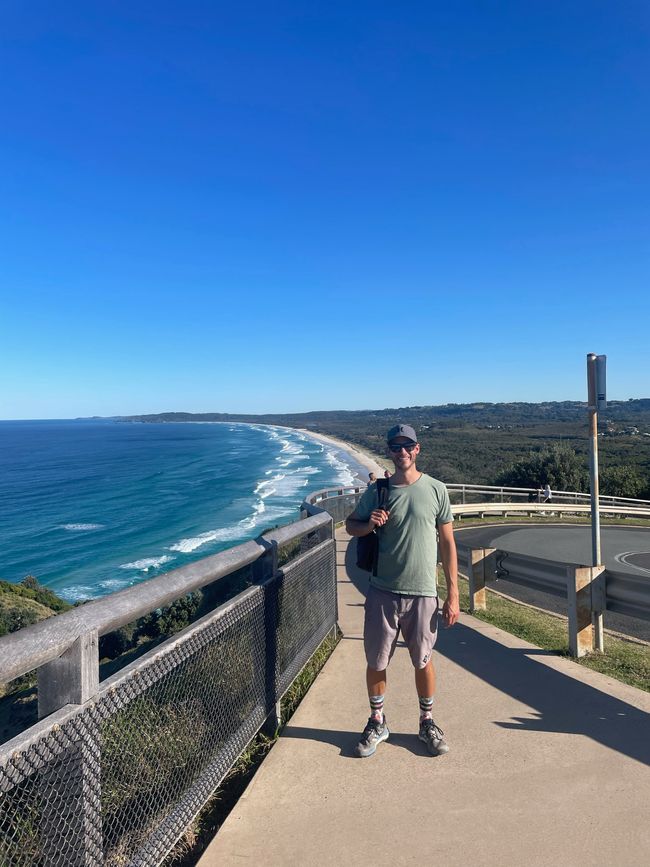
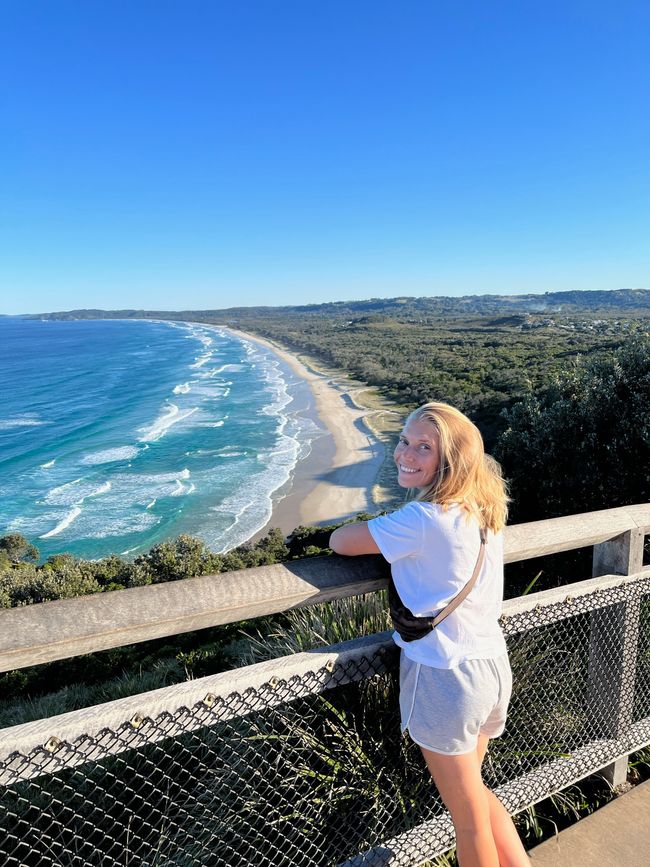
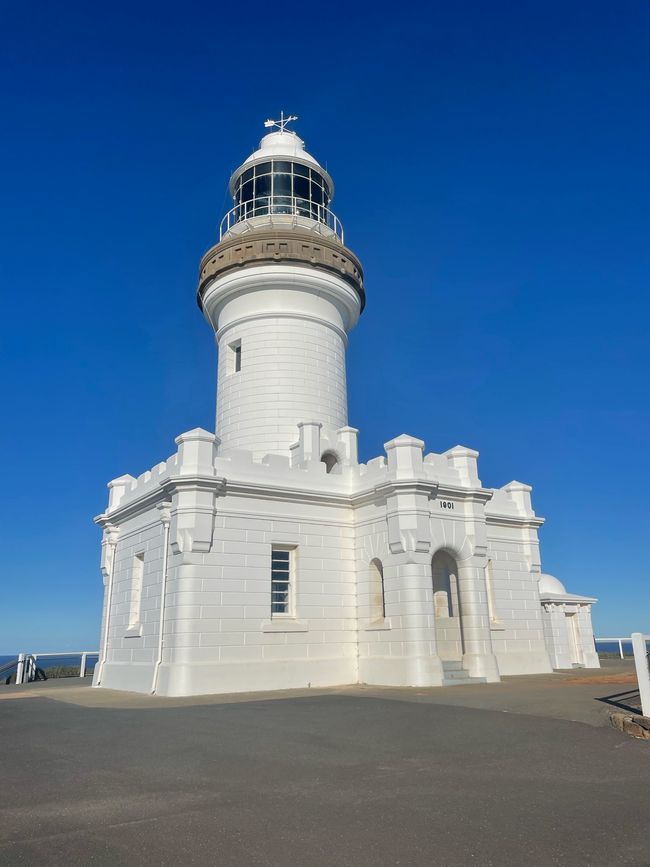
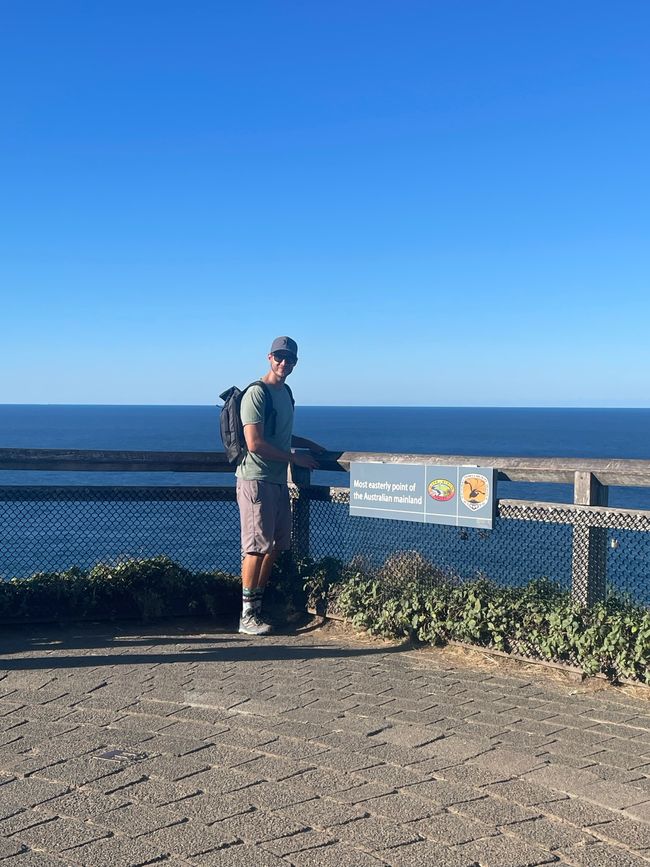
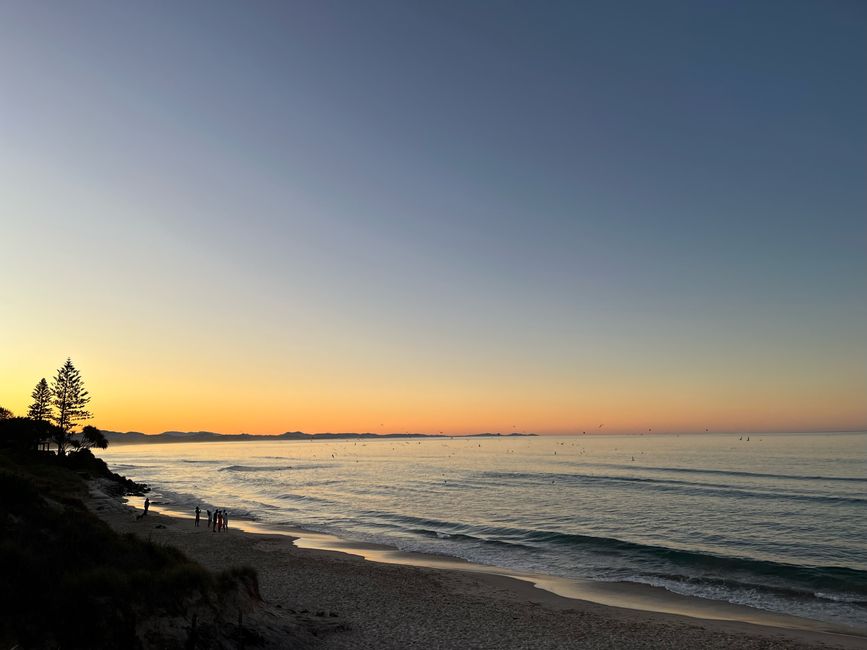
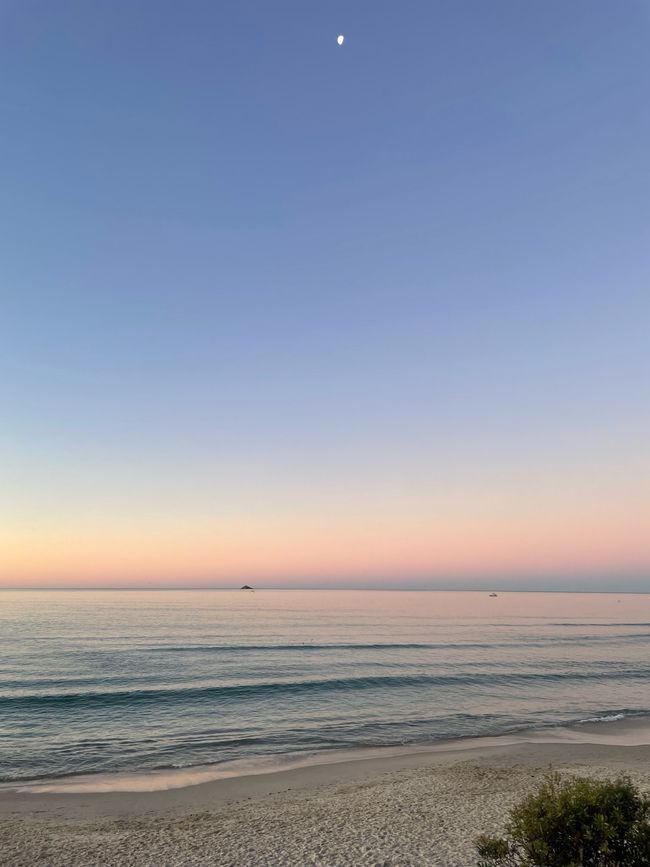
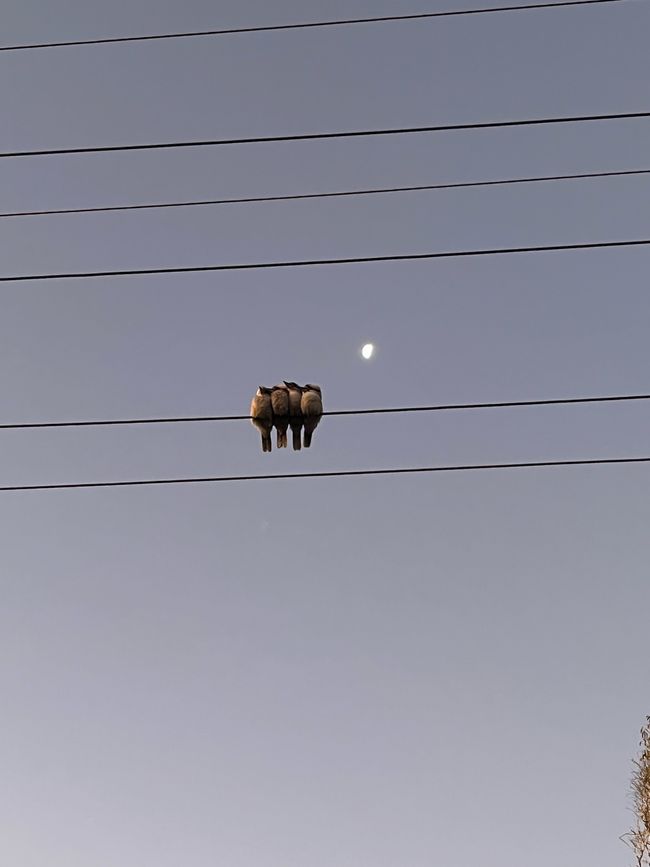
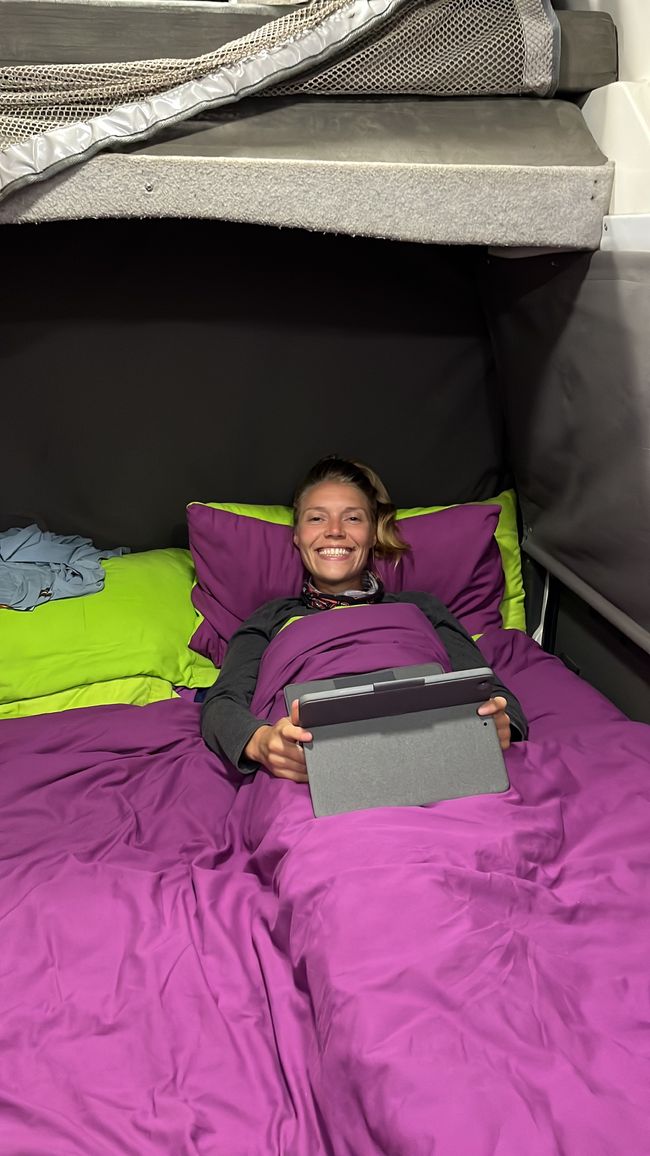
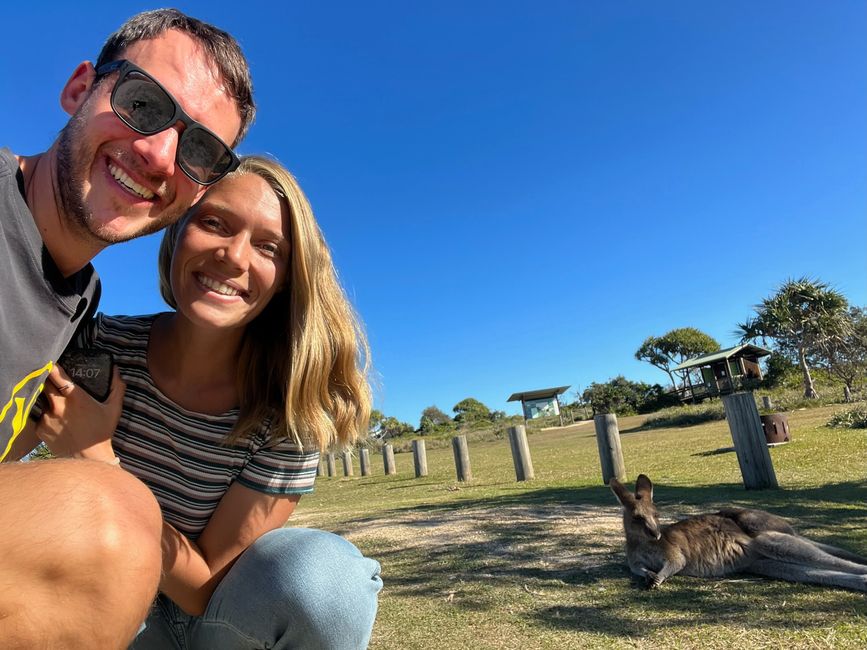
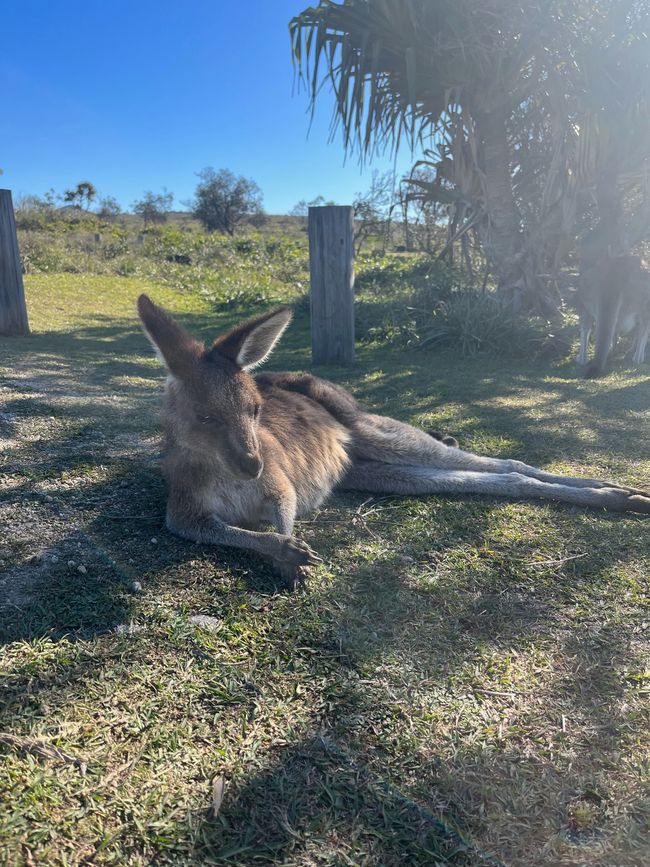
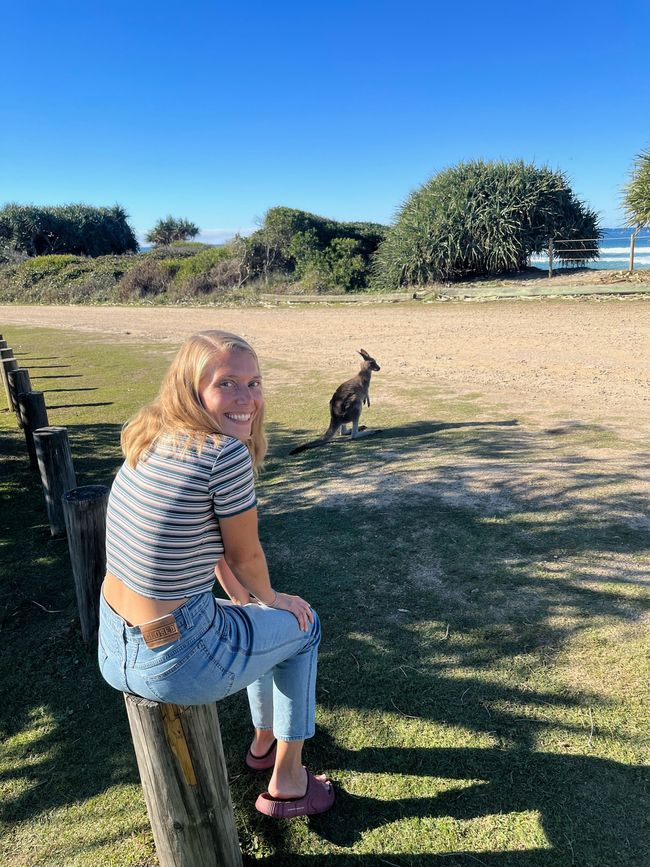
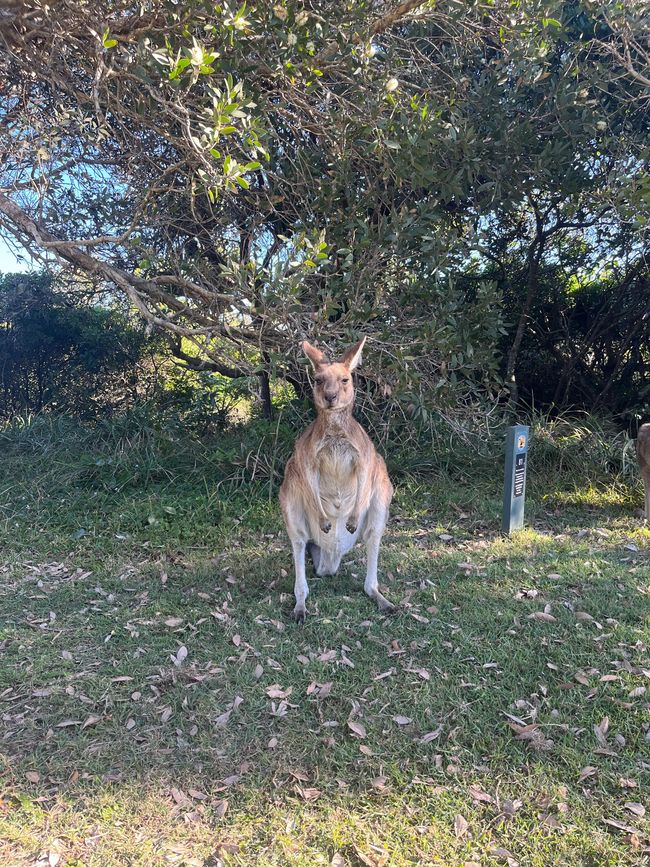
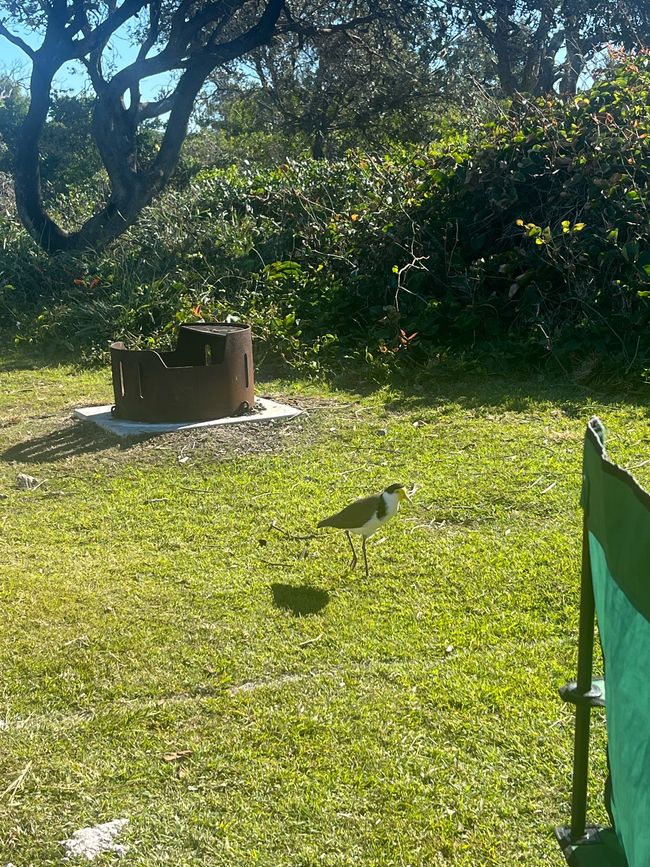
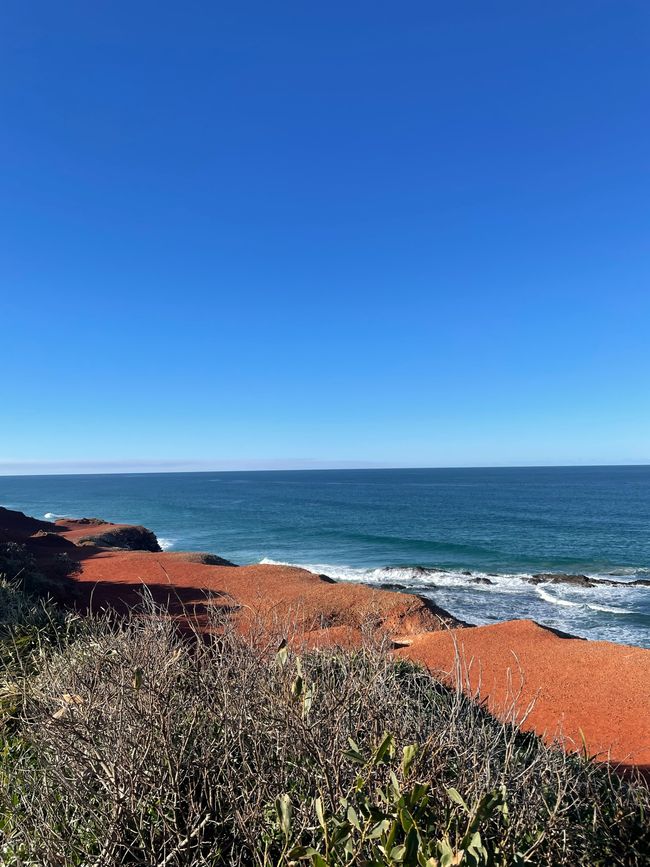
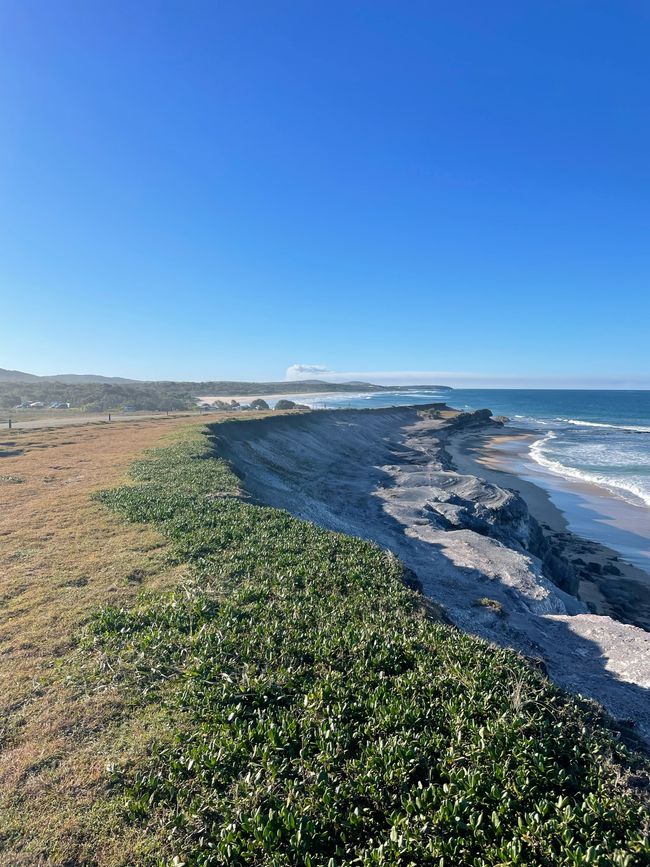
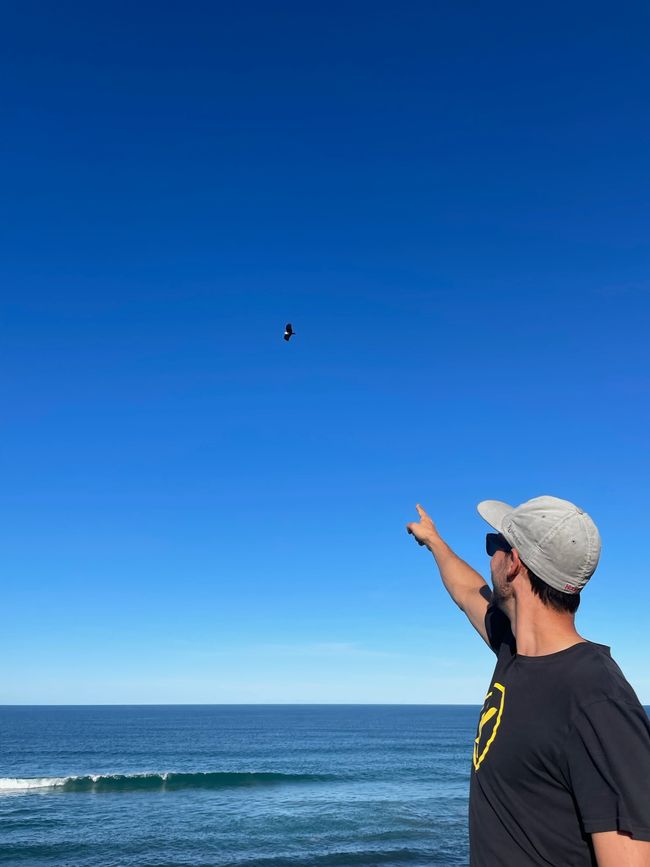
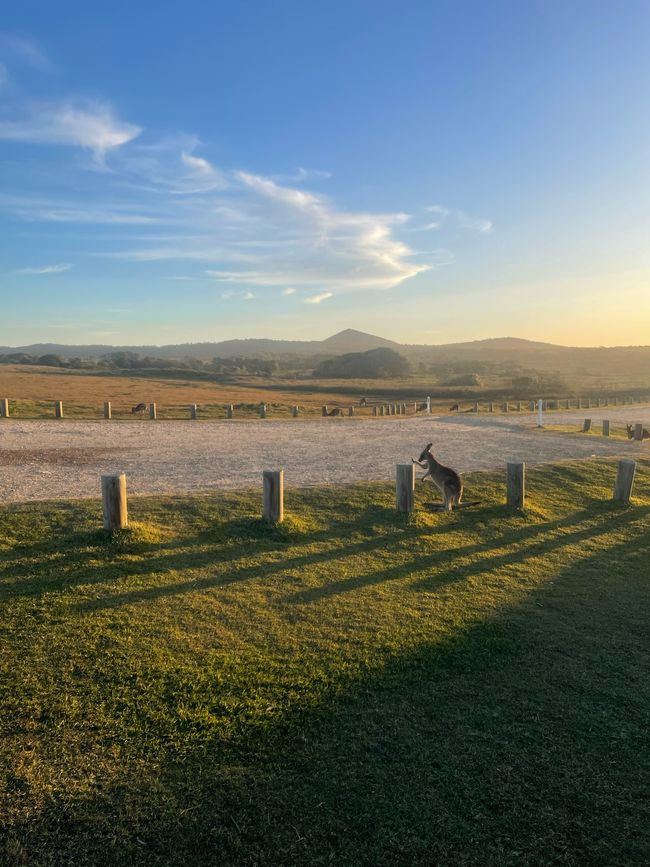
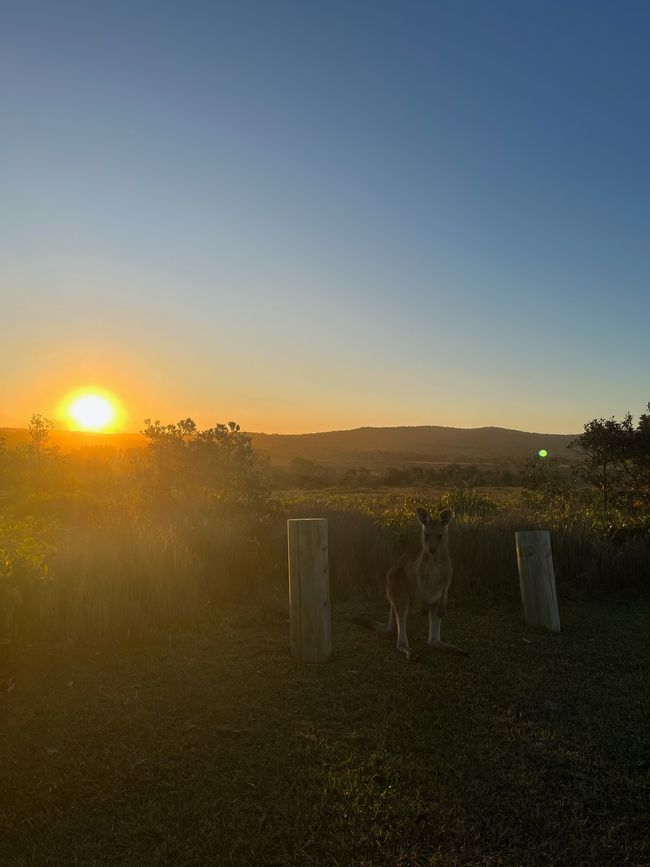
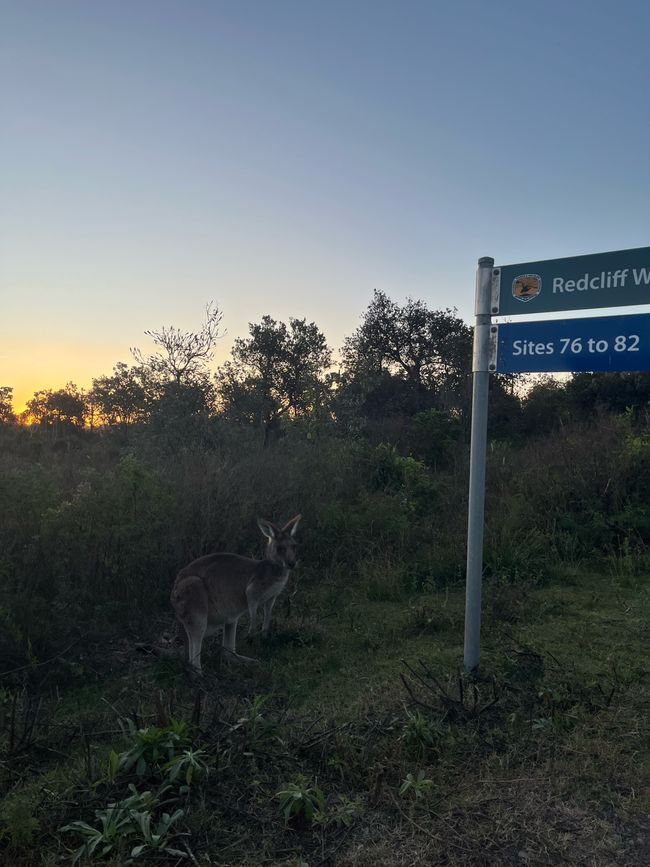
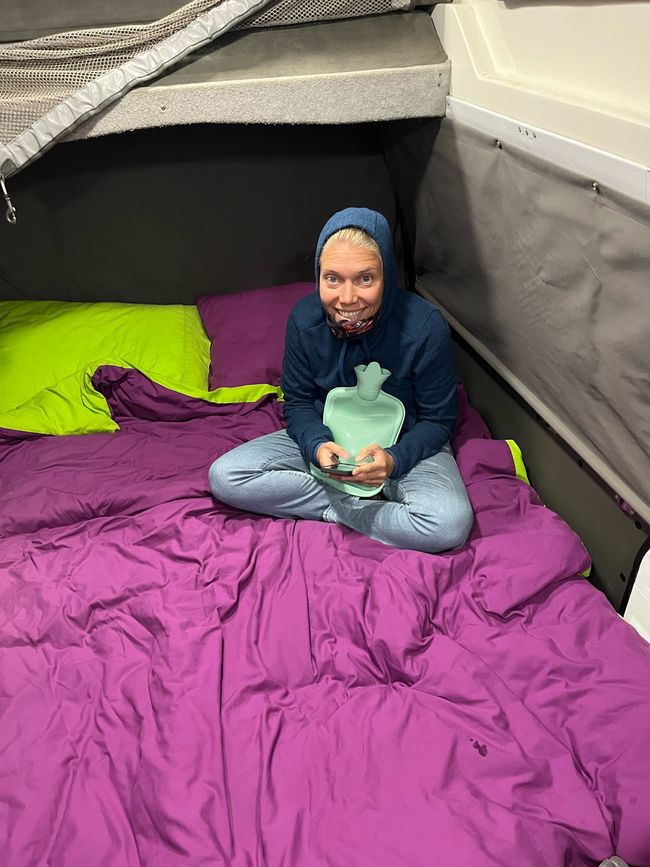
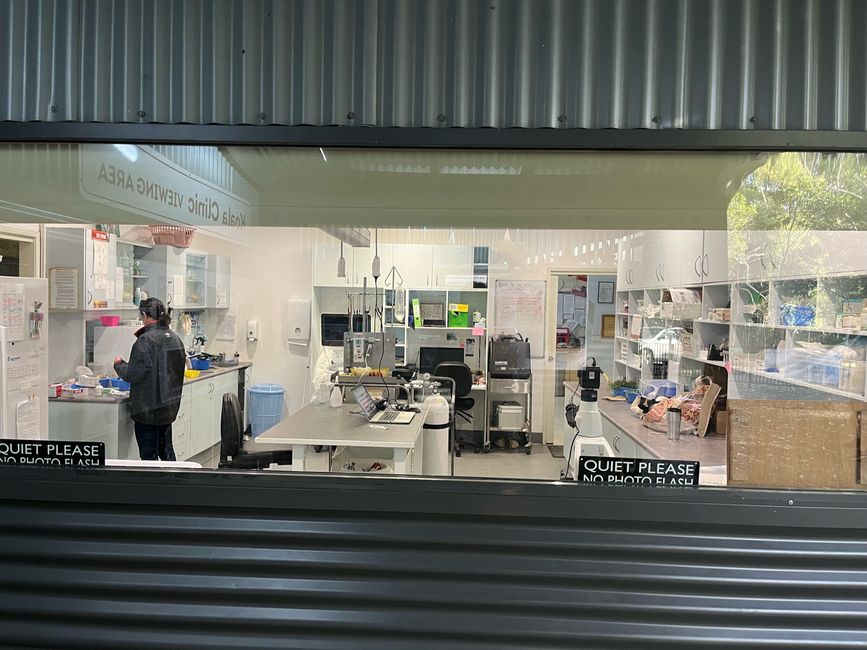
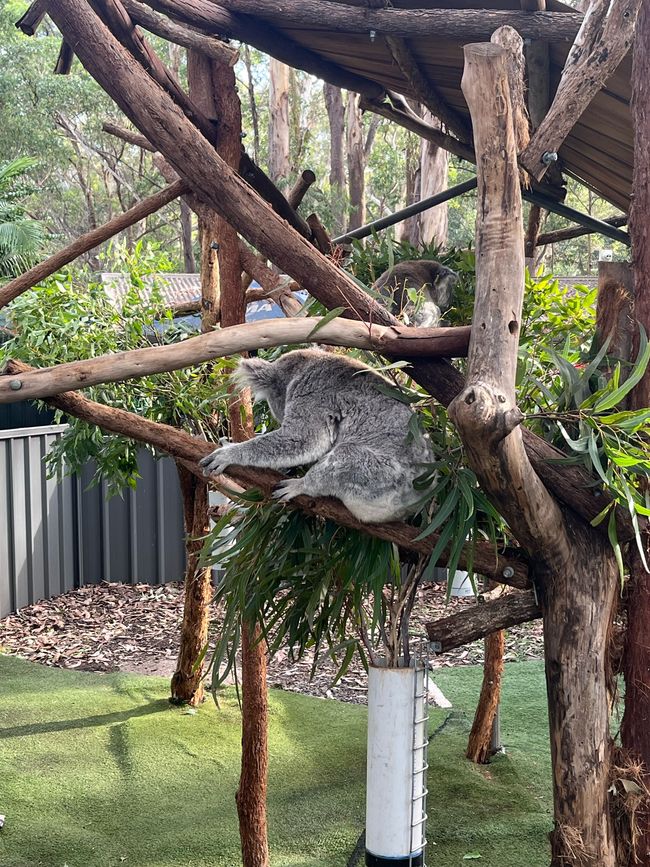
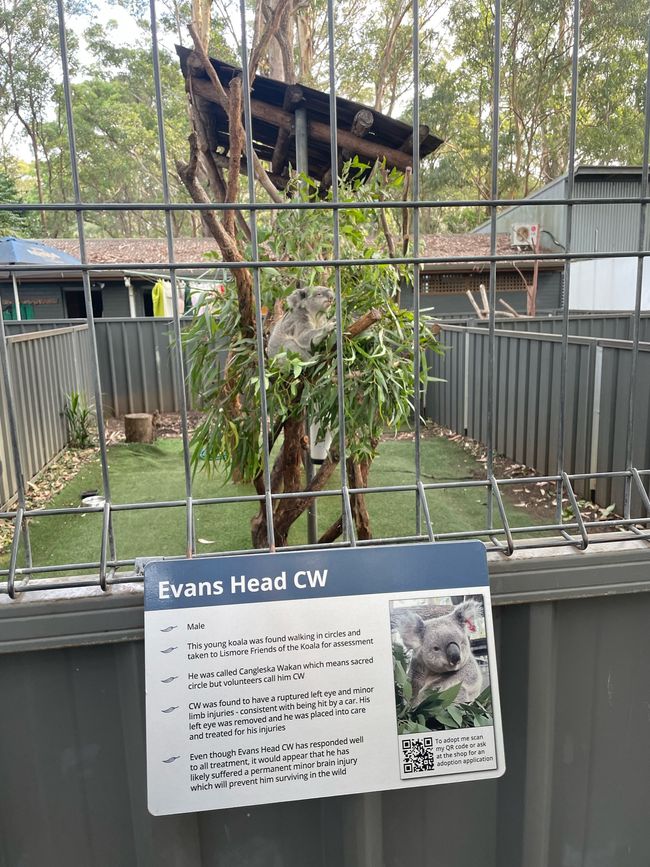
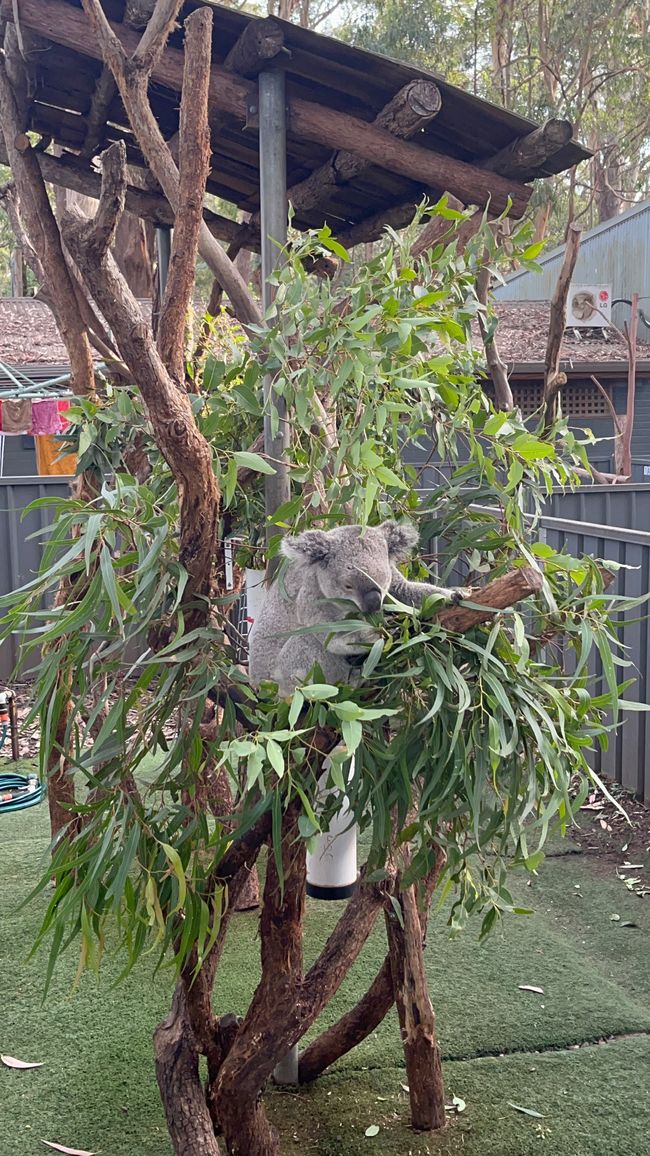
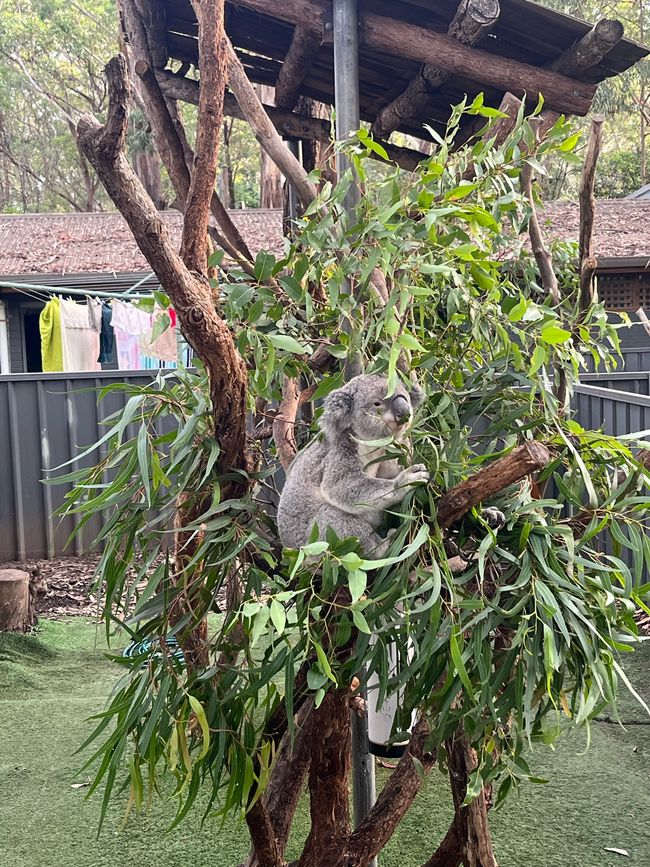
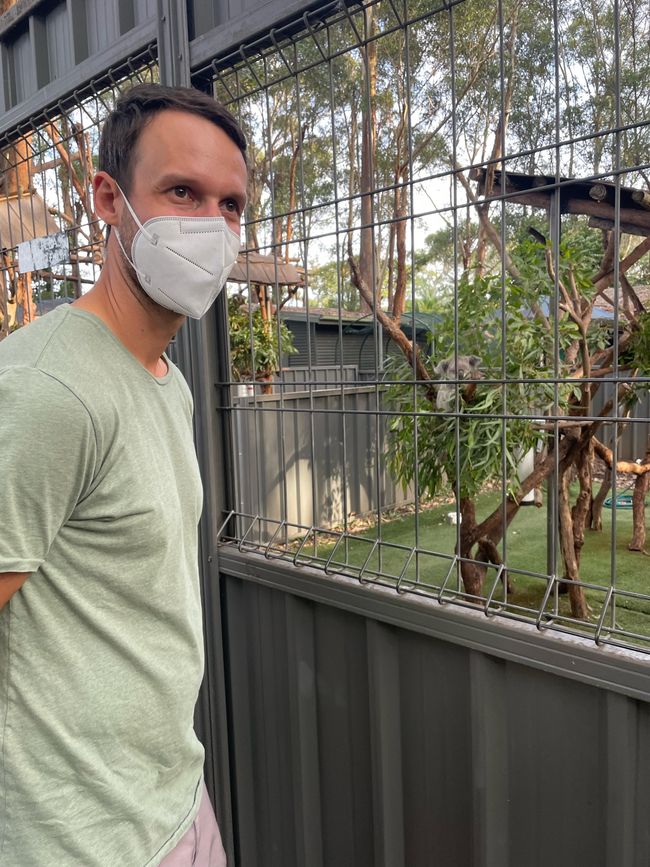
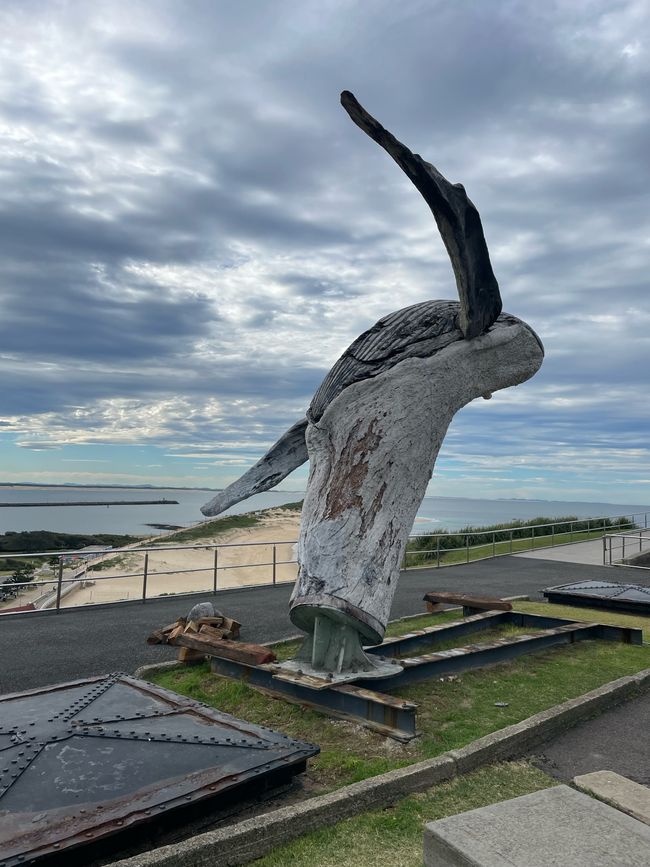
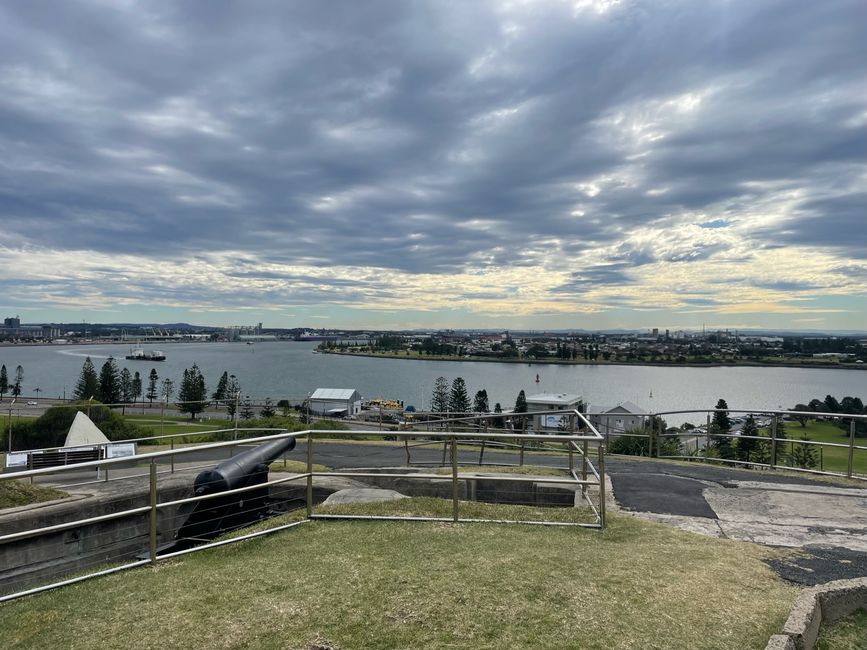
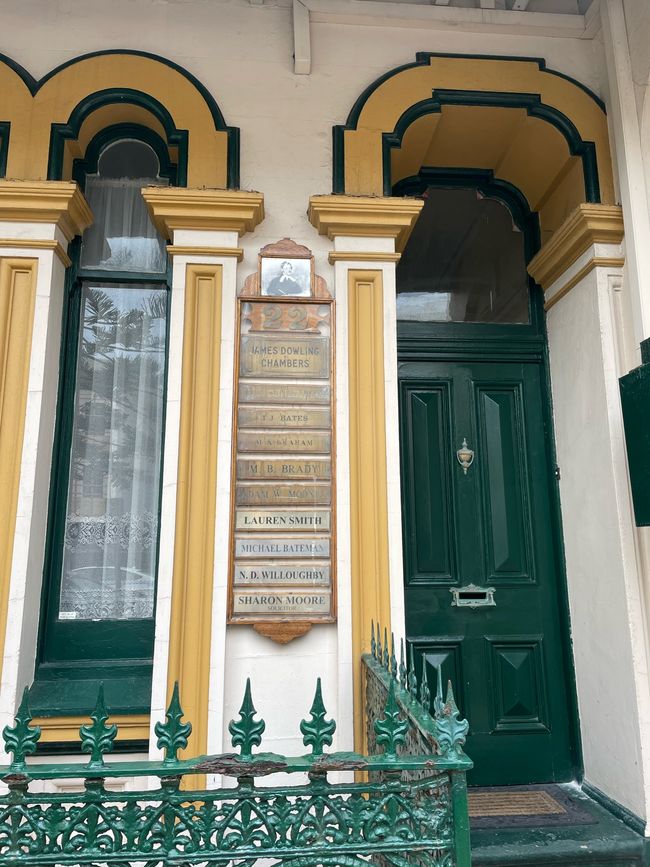
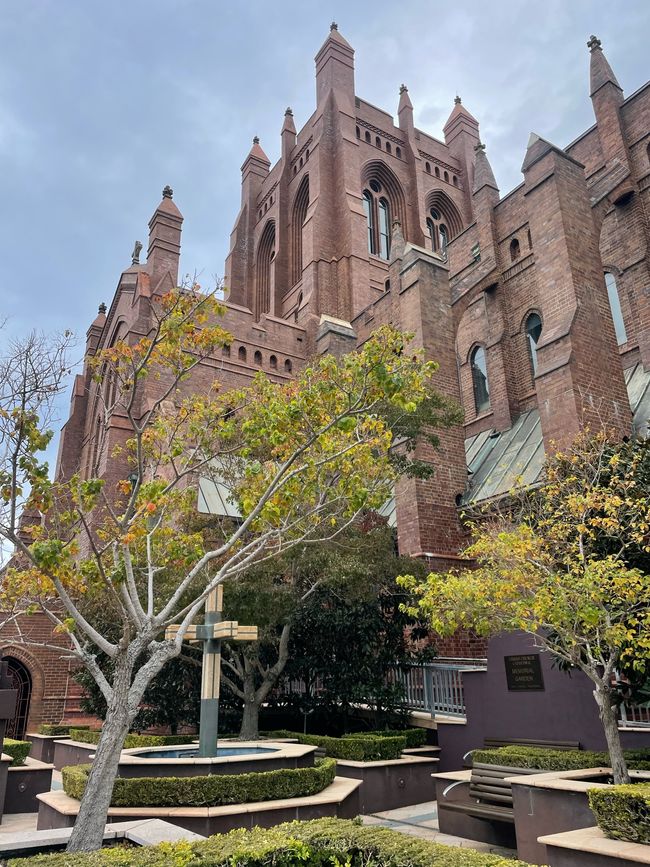
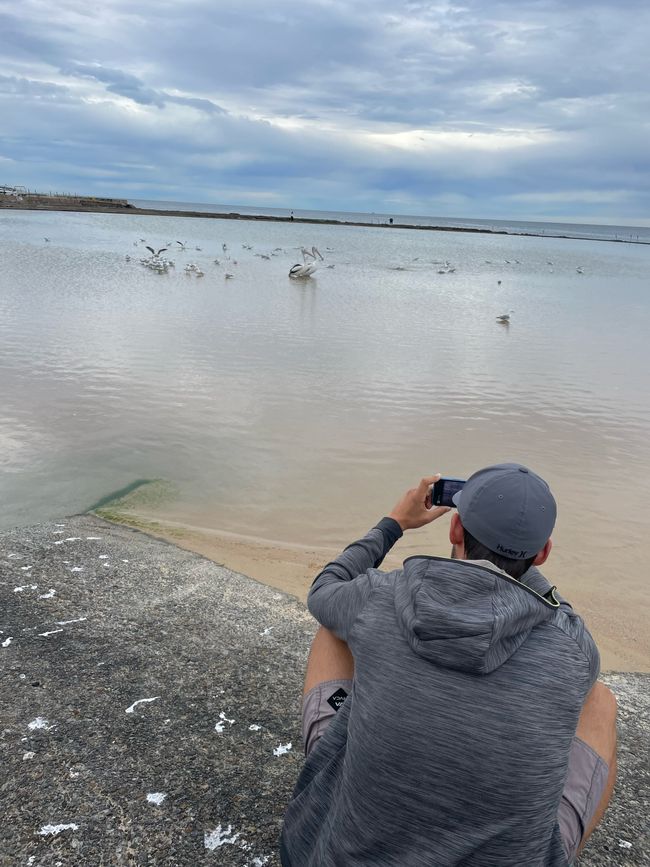
Bülletenə abunə olun
Since Philip still had symptoms, we took a few relaxed days. We spent a day in Brisbane, where there are super nice parks in the middle of the city. In the botanical garden, we observed a so-called water dragon, for which the city is known. After the short walk, Jana went for a jog to explore the city, and Philip rested in the park. There is even a public pool and beach in the middle of the bustling city - with showers that Jana could use after her run 😉 We originally planned to stay in the city for 2 days, but since we couldn't do much due to Philip's illness, we decided to continue our journey the next day. We headed towards the last state of our Australia trip: New South Wales. After a short detour in Lamington National Park, where it was quite cold due to the altitude and we only took a short walk, we crossed the border.
Our first stop was Byron Bay, a small hip surfer town that was recommended to us by Madi - she had lived there for a long time during her time in Australia. This time we had to go to a proper campsite again, as there were no free spots nearby, which was good for Philip's health and we really liked it. From here, we took walks along the beautiful beaches (by the way, they also have fine squeaky sand here) and went on a cool hike to the lighthouse in Byron Bay. There were many parrots around the lighthouse and we had a great view, moreover, this is the easternmost point of the Australian mainland (Jana thought it was cool, Philip thought it was totally unimportant 😄). While we were looking at the sea, we overheard some people next to us talking about "something in the water". When they walked to the other side, we followed them, because it turned out they were great observers of marine animals. We saw several humpback whales from a distance and playful dolphins! The whales start their migration from the cold Antarctica to the warmer waters in the north at this time of year to give birth. We were very excited! Philip got better day by day and bravely joined all walks and hikes, and we had a lot of time to plan the upcoming countries to visit.
Next, we had reserved a super nice campsite in Yuraygir National Park. It is located on two cliffs of different colors, one red and one gray, which is why it is creatively called "Red Cliff-Grey Cliff". The surroundings were really beautiful and we took a walk along the beach. But the real highlight were the many kangaroos that were not bothered by us at all and went about their favorite activity, eating grass. And once again, we were glad that we didn't get up early for the sunrise kangaroo feeding back then. Nowadays, you can see the cute marsupials at almost every campsite and at normal times. Additionally, two masked lapwings were walking close to our camping spot, they looked like they had done something and were trying to sneak away with their masks on.
The next day we went to the small town of Port Macquarie, where there is a hospital for injured and orphaned koalas. Admission was free and a very friendly staff member showed us around and explained everything. The biggest threat to koalas is territorial loss due to urbanization and devastating bushfires, which are to some extent normal but have taken on extreme proportions due to climate change. There are also collisions with cars and dogs, as well as infections with chlamydia. Most animals can be released back into the wild after treatment. But there are also a few that have suffered such severe injuries that they would not be able to survive on their own. These animals could be observed in their enclosures and despite their limitations, they lead a fulfilling koala life - which admittedly mainly consists of sleeping, eating, and digesting 😄. On average, a koala sleeps 18-20 hours, as eucalyptus (the only thing they eat) is very indigestible and provides little energy. We were most impressed by "Evans Head CW" - a cumbersome name, but usually the animals are named after the place they were found - because he almost ate the whole time we were there, wildy munching on his eucalyptus. He only has one eye and a severe brain injury from a car collision, which is why he cannot be released into the wild anymore.
If a baby koala is found and the mother succumbs to her injuries, there are specially trained volunteers who raise the little fluff balls at home in their first year of life. In the wild, a "joey" would be on its own from then on, and so the animals are tested for their ability to survive in the bush at 1 year old. If they can climb trees and appear capable of surviving on their own, they pass the koala MOT and are released into the wild. All those who do not pass the MOT stay in the hospital for the time being. In addition, a breeding program is currently being developed to increase the population. You can donate money to the hospital, which depends almost entirely on volunteers and donations, or sponsor a koala.
After visiting the koalas, we continued to Newcastle, a slightly larger city that looked very British with its houses. By chance, we were there for the 1pm cannon, which is fired every day at this time and used to serve as orientation and time control for the ships with a loud bang. Then we took a walk to a church and then drove to our campsite just outside the city. We were greeted by the super funny owner in his golf cart, with two Australian flags on the right and left, just to make it look good. Apparently, he takes care of everything at the - quite manageable - campsite with it and told us that he had been to Munich before (apparently, everyone has been there 😄). In the afternoon, Jana did some sports, fortunately she did not get sick. Philip was still a bit under the weather, played coach, and had a beer.
Tomorrow we will go to the Blue Mountains near Sydney.
Bülletenə abunə olun
Cavab verin
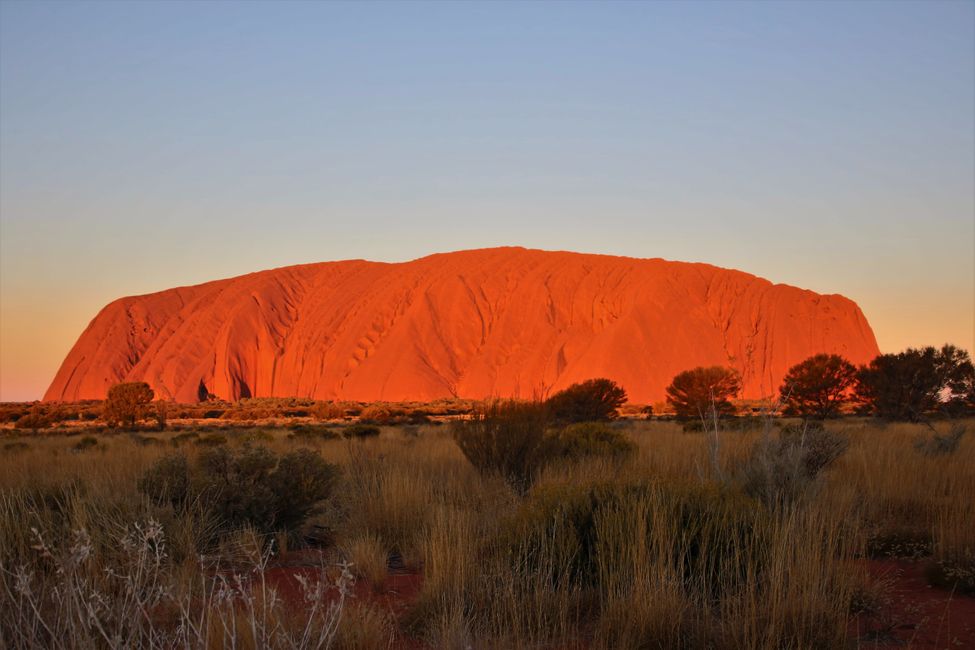
Səyahət hesabatları Avstraliya
